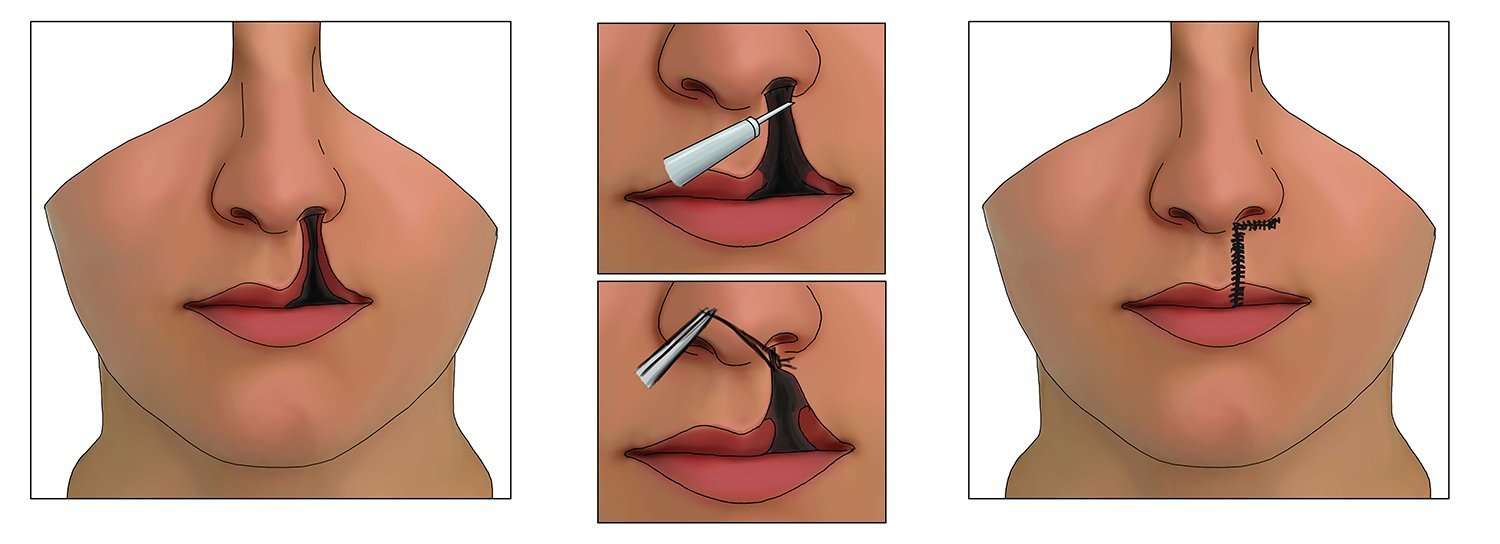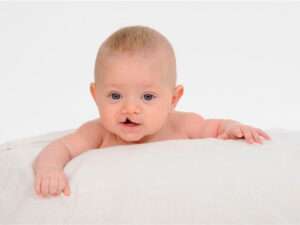Cleft Lip and Palate
Cleft Lip and Palate
Cleft lip and palate (CLP) are developmental conditions where the facial structures fail to fully close during early pregnancy. Commonly referred to as “harelip” in everyday language, CLP affects approximately 1 in every 1,000 live births. While it can be concerning at first, it is a treatable condition, and families should take comfort in knowing that a clear treatment path exists.
Newborns with CLP typically face challenges with feeding, as they are unable to suckle effectively from the breast or standard bottles. Special feeding bottles or spoon-feeding techniques are necessary in the early days. It’s essential for families to consult a plastic surgeon within the first day or two after birth to begin planning treatment.
In the first six weeks of life, orthodontists play an important role by fitting the baby with a special plate. This helps the infant feed more easily and prepares the cleft area for future surgical repair. Generally, the cleft lip is surgically closed around the third month, and the cleft palate is repaired between 12 and 18 months—ideally before the child begins to speak, as proper timing is key to supporting normal speech development.

Speech and Ongoing Care
Since the cleft often involves the soft palate, speech development can be affected. A speech therapist typically begins working with the child around age 4 to support proper articulation and language development.
Support is readily available for families navigating this journey. Organizations such as the Cleft Lip and Palate Association (https://tod.org.tr) and various Facebook groups offer guidance, resources, and community support.
As the child grows, additional procedures may be needed to refine the shape of the nose or to adjust the upper jaw. Treatment and follow-up typically continue through adolescence, with most CLP patients receiving comprehensive care until around 18 years of age.

